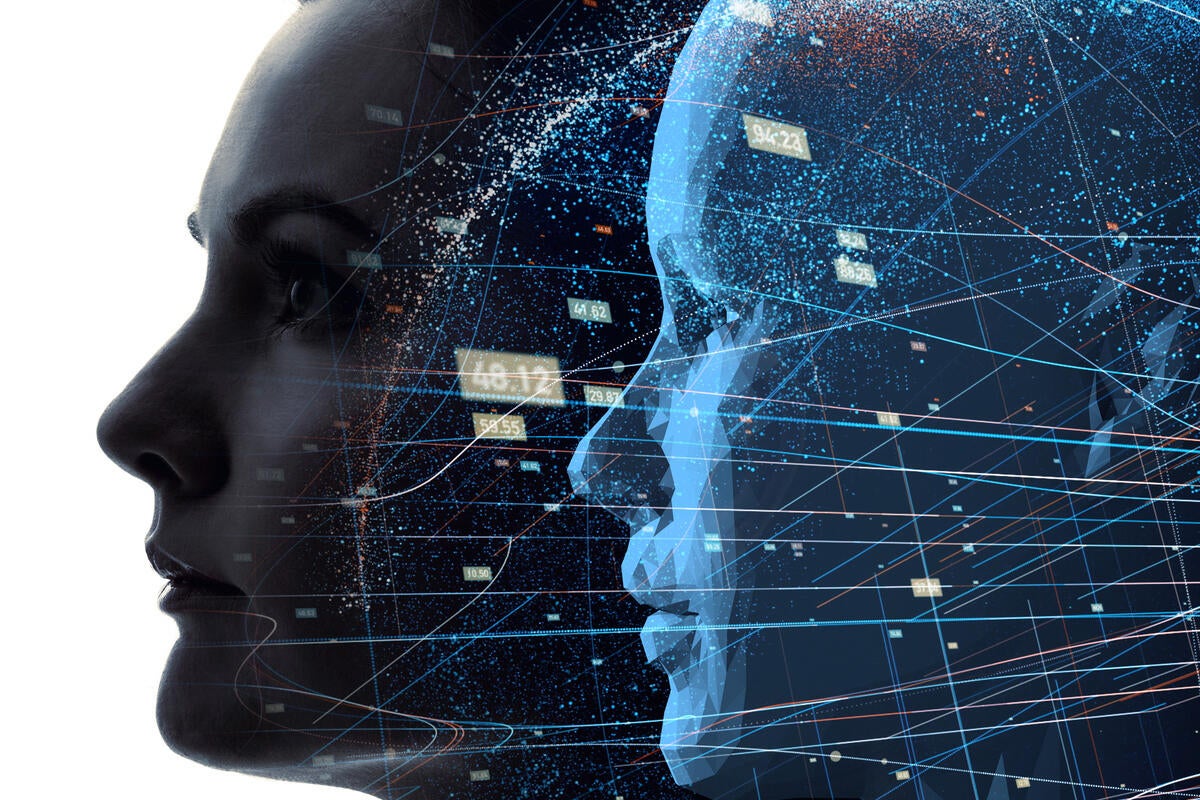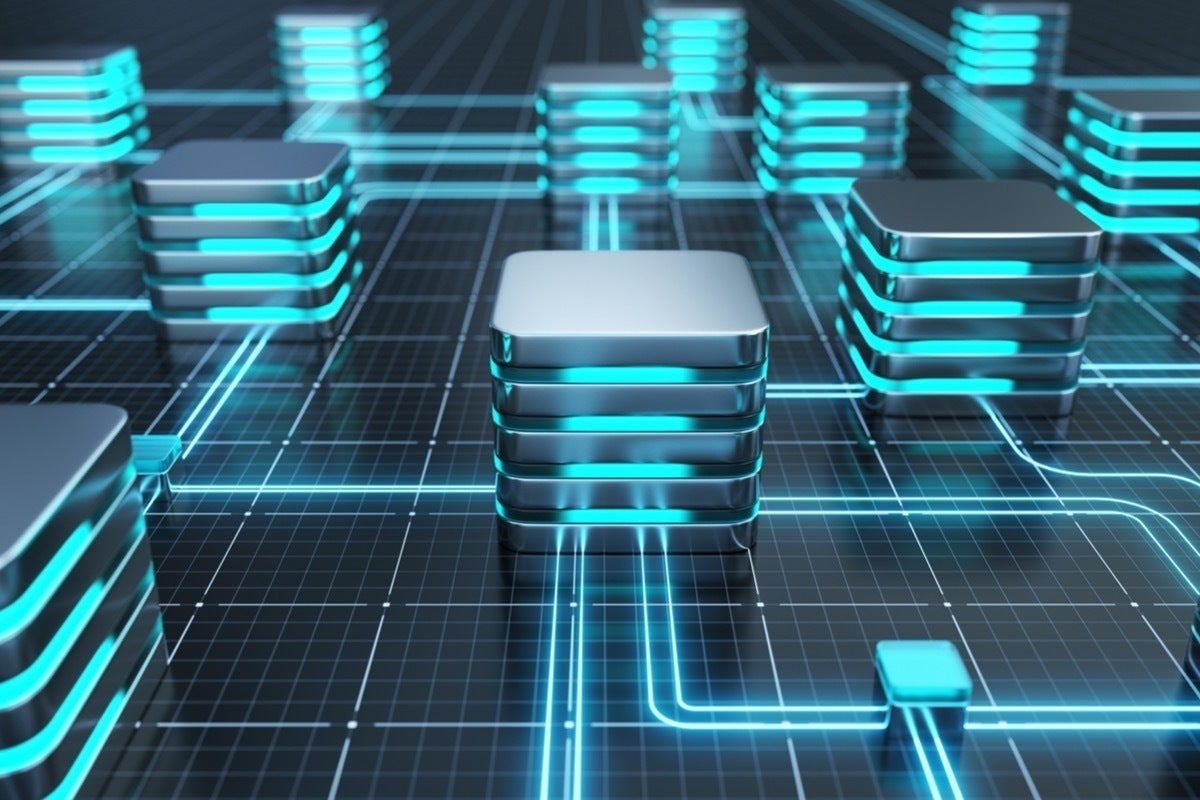How digital twins improve physical systems
There is a long lineage of technologies and tools used to model the physical world, including drawings, diagrams, and CAD models. There are also many ways to use technology to model real-world systems and make predictions, including financial trading simulators, weather predictors, and traffic pattern models.When you put these two capabilities together—combining a digital representation of a physical-world system and a model that simulates output conditions based on inputs drawn from the physical environment—you get a digital twin. A digital twin allows you to validate the system against a wide array of real-world situations.To read this article in full, please click here

There is a long lineage of technologies and tools used to model the physical world, including drawings, diagrams, and CAD models. There are also many ways to use technology to model real-world systems and make predictions, including financial trading simulators, weather predictors, and traffic pattern models.
When you put these two capabilities together—combining a digital representation of a physical-world system and a model that simulates output conditions based on inputs drawn from the physical environment—you get a digital twin. A digital twin allows you to validate the system against a wide array of real-world situations.





































